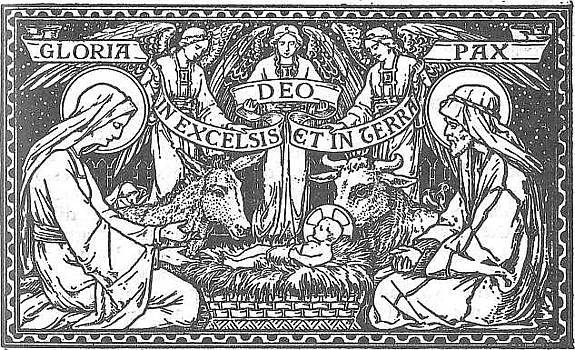Streng reaksjon mot prest – fordi han arbeidet for ordinasjon av kvinner
Hos National Catholic Reporter i USA kan vi lese om en prest som i 2008 deltok i en ulovlig (og ugyldig) ordinasjon av kvinner – og som nå er blitt utestengt (av Troskongregasjonen) fra prestetjeneste og fra sin orden. (Protestantiske kristne, som nå er blitt ganske vant med kvinnelige prester, vil nok syns dette er kraftig kost.) Første leser vi:
… …. about Bourgeois’ role in the order following his participation in the ordination of Roman Catholic Womanpriest Janice Sevre-Duszynska in August 2008. Shortly after, Bourgeois was notified by the Vatican congregation that he had incurred a latae sententiae, or automatic, excommunication for his participation.
Deretter refererer de Troskongregasjonens avgjørelse fra oktober i år:
The Congregation For The Doctrine Of The Faith
Canonically Dismisses Roy BourgeoisMaryknoll, New York – November 19, 2012 – The Vatican’s Congregation for the Doctrine of the Faith, on October 4, 2012, canonically dismissed Roy Bourgeois from the Catholic Foreign Mission Society of America, also known as the Maryknoll Fathers and Brothers. The decision dispenses the Maryknoll priest from his sacred bonds.
As a priest during 2008, Mr. Bourgeois participated in the invalid ordination of a woman and a simulated Mass in Lexington, Kentucky. With patience, the Holy See and the Maryknoll Society have encouraged his reconciliation with the Catholic Church.
Instead, Mr. Bourgeois chose to campaign against the teachings of the Catholic Church in secular and non-Catholic venues. This was done without the permission of the local U.S. Catholic Bishops and while ignoring the sensitivities of the faithful across the country. Disobedience and preaching against the teaching of the Catholic Church about women’s ordination led to his excommunication, dismissal and laicization.
Mr. Bourgeois freely chose his views and actions, and all the members of the Maryknoll Society are saddened at the failure of reconciliation. With this parting, the Maryknoll Society warmly thanks Roy Bourgeois for his service to mission and all members wish him well in his personal life. In the spirit of equity and charity, Maryknoll will assist Mr. Bourgeois with this transition.

